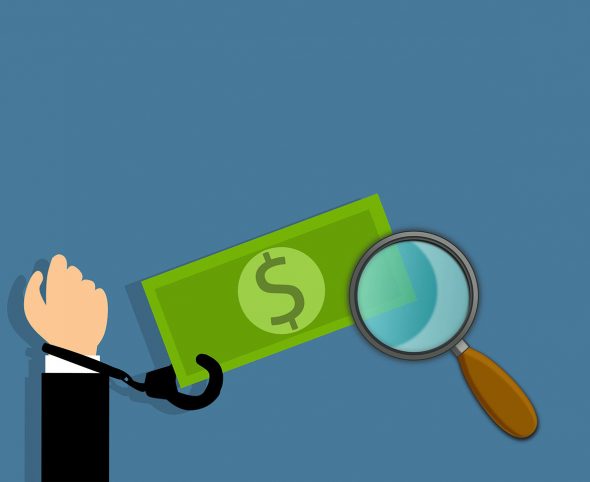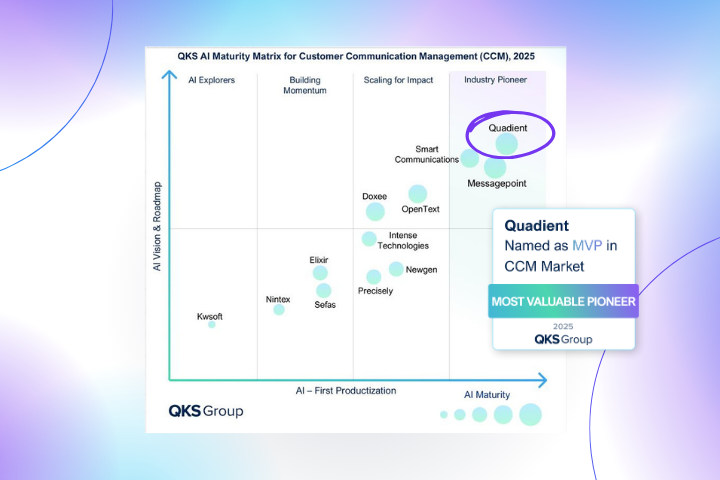
Accounts payable (AP) is a potentially vulnerable function for companies, and a lucrative spot for criminals to operate — both internally and externally. This recurring challenge impacts organizations both large and small, and can cause significant harm. The risk of fraud goes beyond just the financial impact, too. Fraud can do serious damage to vendor relationships, employee morale, and a company’s reputation.
In this blog, we'll explore five red flags that are potential indicators your organization has been or will be impacted by fraud. We'll also explore how an Accounts Payable automation solution like Quadient Accounts Payable Automation by Beanworks can help.
What is AP fraud?
Accounts payable (AP) fraud is the manipulation of a company's financial records in the AP department. It involves illegal activities that redirect funds for personal gain or other unauthorized purposes. These fraudulent actions can involve tactics such as invoice tampering, unauthorized or duplicate payments, and the creation of fictitious vendors. Fraud can be conducted by an employee, a group of employees, an external party, or collaboratively by an employee/s and an external party.
AP remains one of the most manual functions in accounting. Traditional, manual processes make it easier to tamper with records, forge checks, and fabricate approvals — and it also makes such interference harder to spot.
Consider these statistics:
- More than half of large companies experience some sort of invoice-related fraud every year
- 31% of fraud cases stem from internal employee actions
- 72% of businesses that made payments via paper checks have experienced fraud
How can you protect yourself and your organization? Read on to find out.
Five common red flags
As cybercriminals become increasingly sophisticated, AP fraud becomes harder to detect. Here are five red flags that could signal that your organization is under attack.
| Red flag | What to watch for |
Unexpected, inaccurate, or altered invoices
|
|
| Suspicious vendor activity |
|
| Odd or alarming employee behavior |
|
| Complaints from vendors |
|
| Missing or altered checks |
|
How AP automation can help
AP automation solutions help deter fraud by eliminating manual processes that provide opportunities for record tampering and falsified approvals. They also provide sophisticated controls to mitigate internal and external fraud attempts, and detect and avoid scams such as duplicate payments, false billing, fraudulent payments, unapproved vendors, and illegitimate expenses.
Are you ready to automate?
Quadient AP is a robust, cloud-based AP automation solution that can help you and your organization detect and mitigate fraud. If you’re ready to learn more about how Quadient AP can help, book a demo today.









